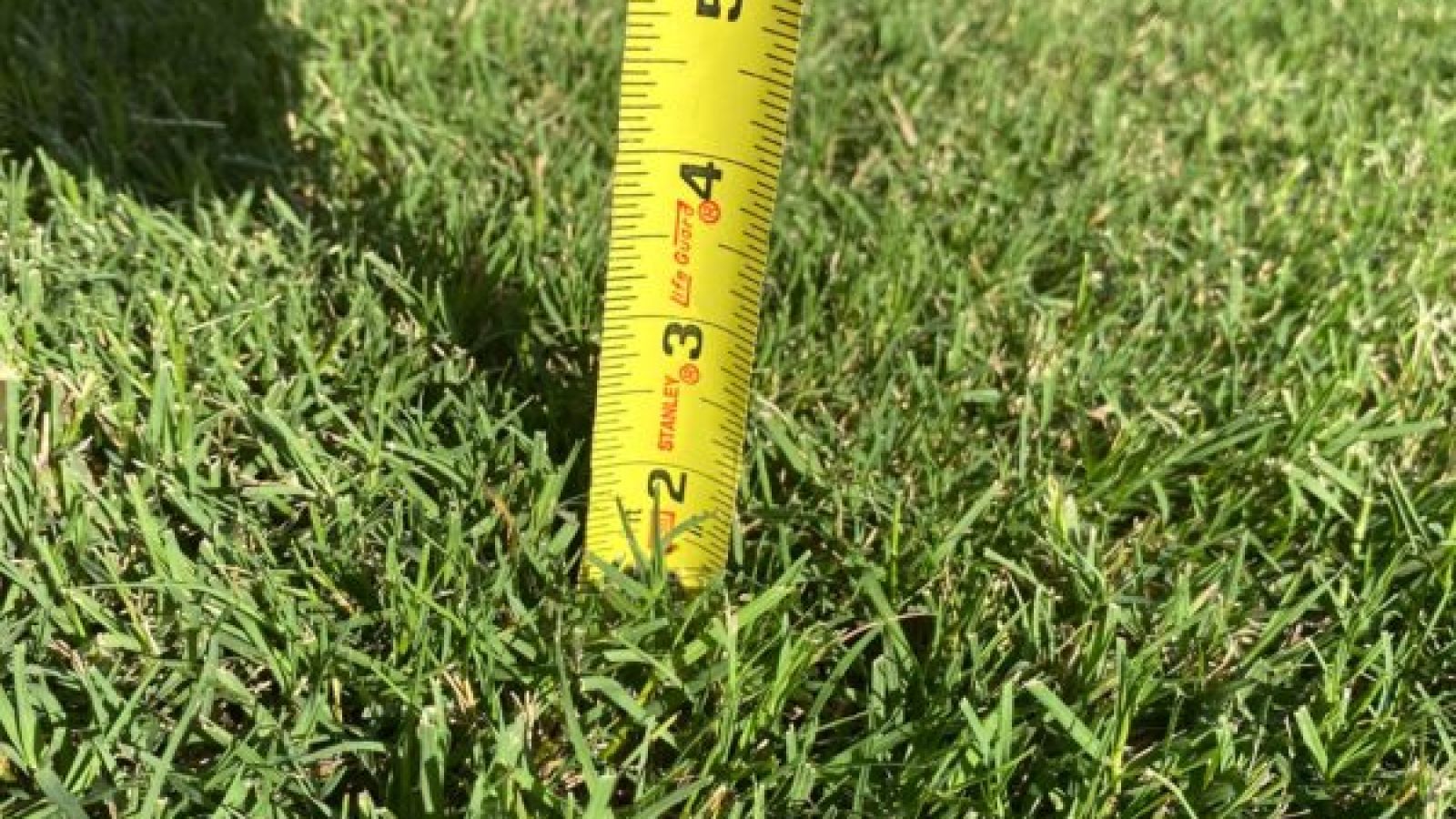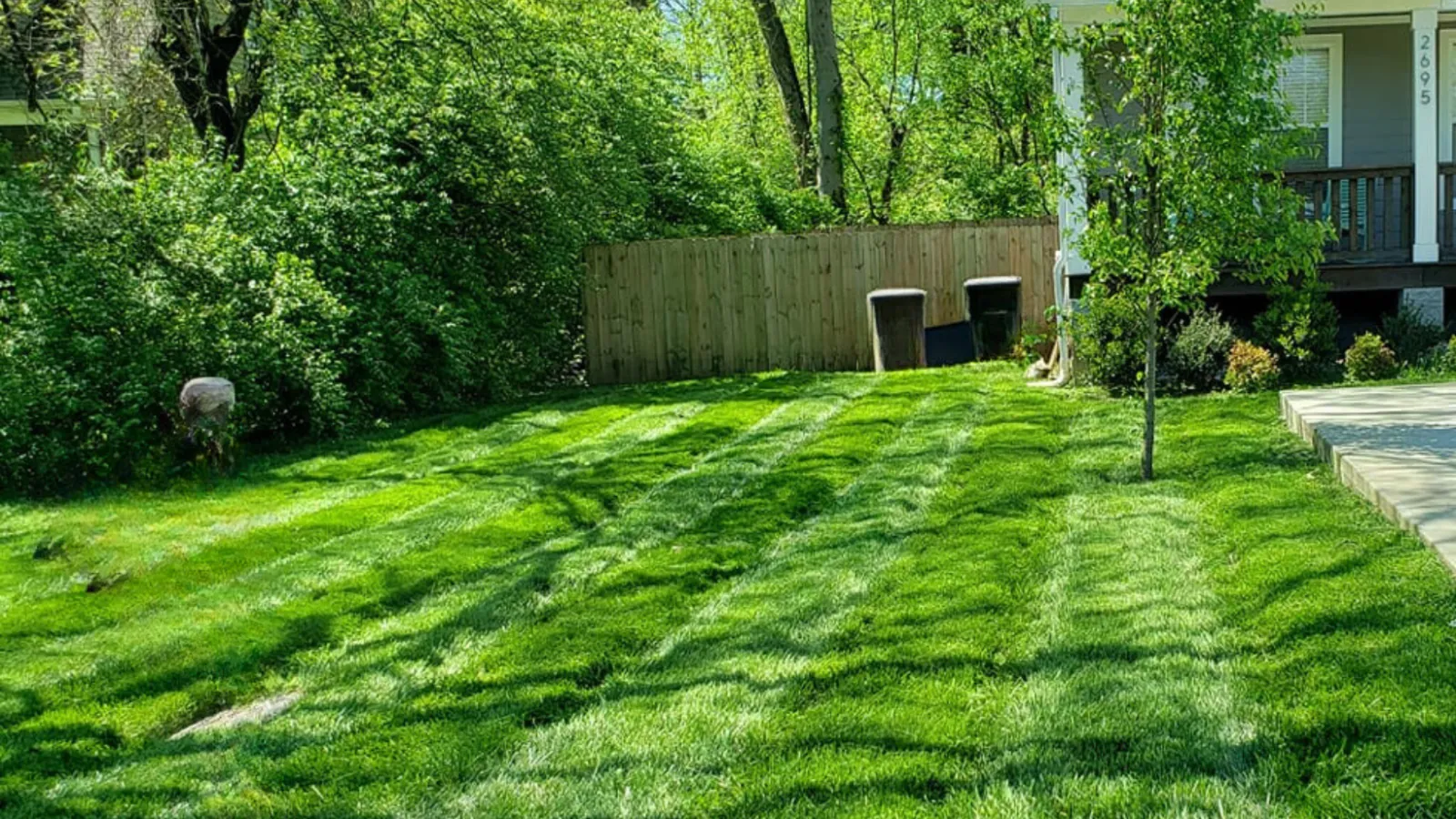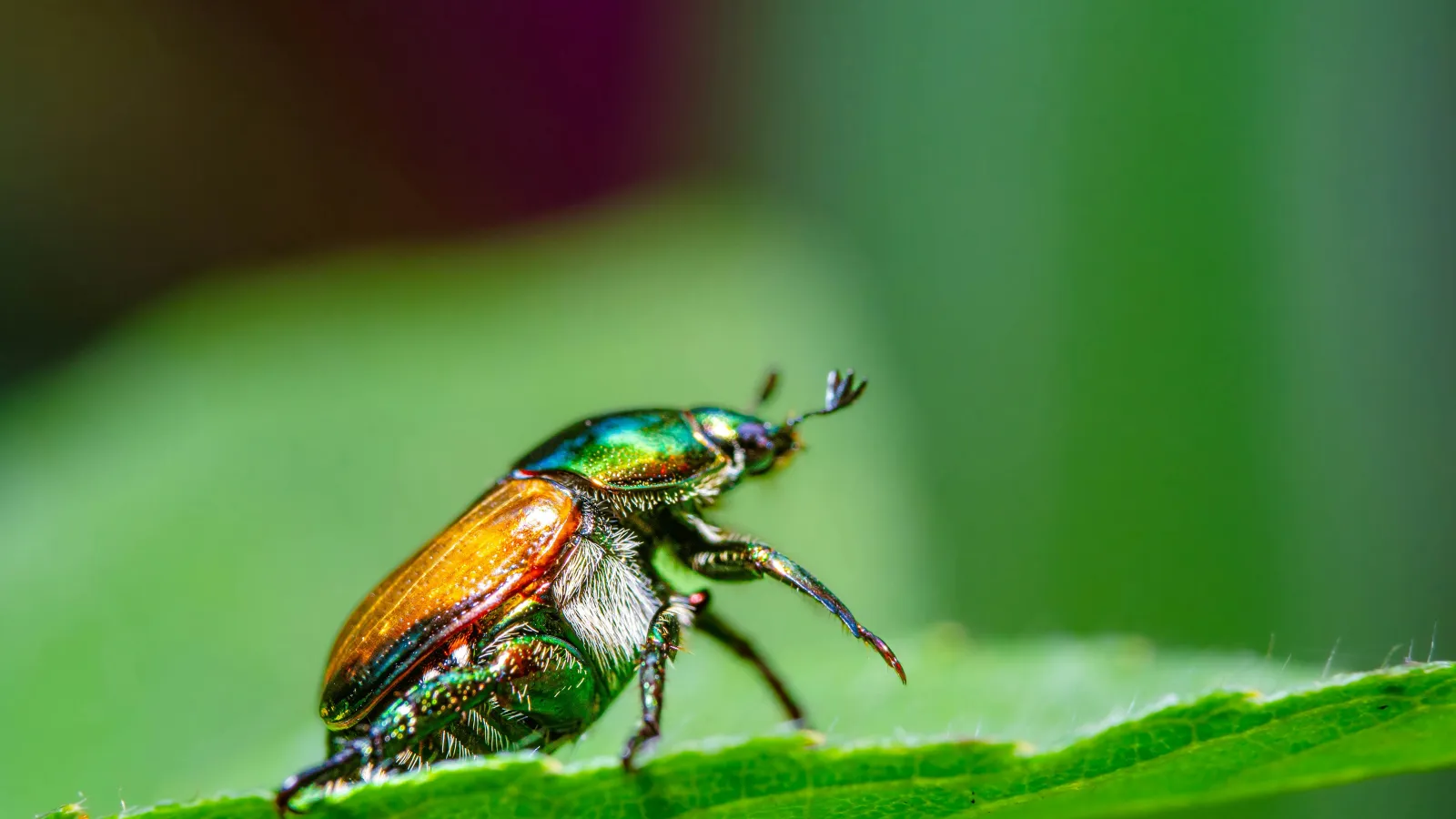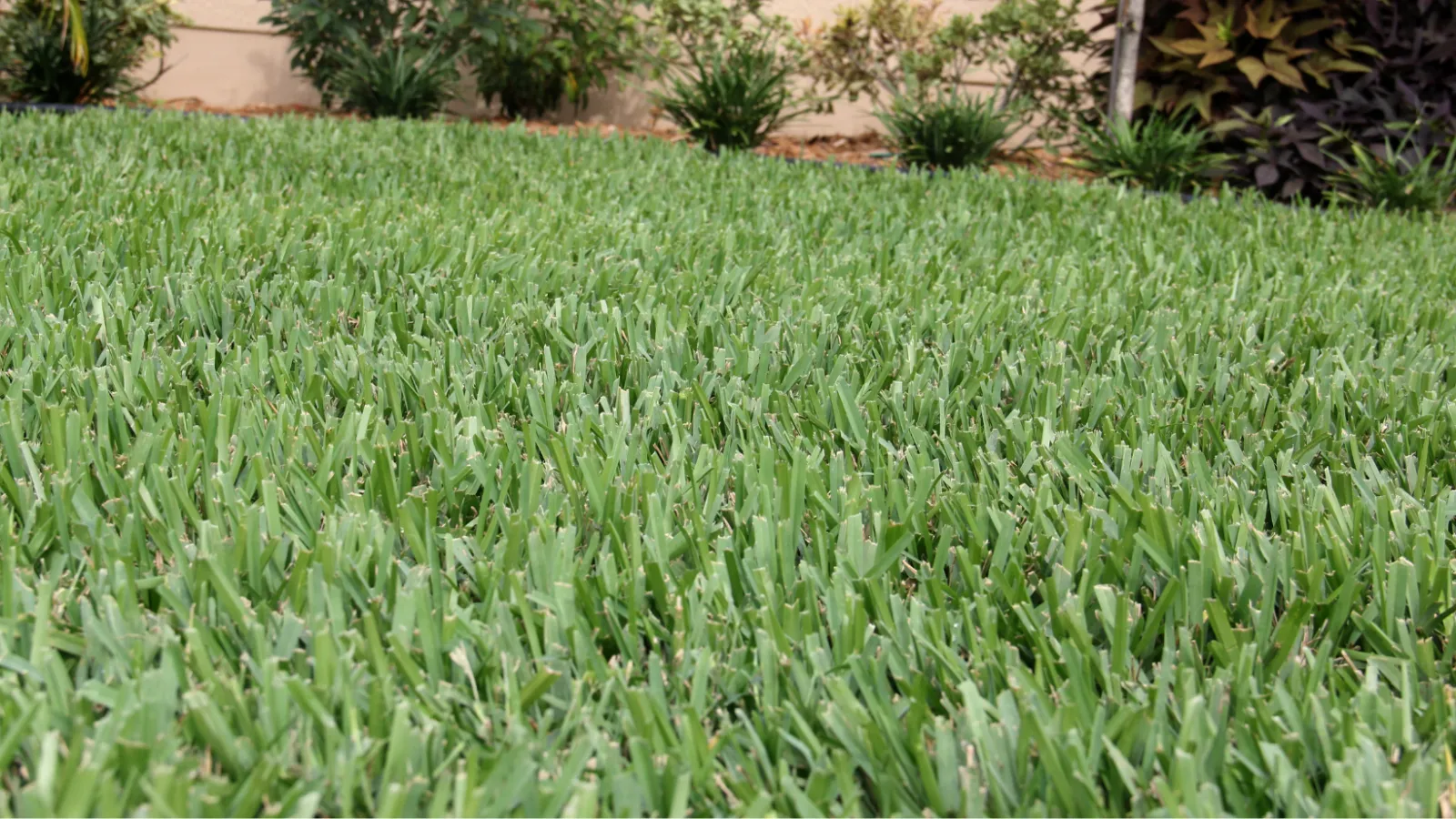
Summer Mowing 101
One of the most common mistakes when maintaining a summer lawn is mowing the grass too short. Oftentimes homeowners believe that if they mow shorter, they won’t have to do so as often. However, this is not a healthy practice during the summer months, as it can weaken the growth of the lawn. Here are some tips for a healthy summer lawn.
Mowing Height Matters
- Because the grass blade is the food producing part of the plant, if cut too short, less photosynthesis will take place. When the grass blades have less surface area for photosynthesis, the leaf and root development is slowed.
- Longer grass blades will require less watering. When allowed to grow out, the grass blades will shade the ground underneath, preventing too much water evaporation.
- Longer grass blades will prevent weed growth. With more shade from longer blades, there is less chance for the sun to reach weed seeds below and cause them to germinate.
- When cut at a longer length, the grass roots have a better chance of developing deeper and grow into the soil deeper than a lawn cut at a shorter length.
How Often To Cut Grass
Due to warmer weather in the summer, you will have to mow your lawn more often because the grass grows at a faster rate.
Proper Height

Mowing height varies by type of grass. Cool-season grasses such as Fescue should be cut at a height of 3-3.5 inches. For warm-season grasses such as Bermuda and Zoysia, cutting it down to 1-2 inches will keep it healthy. If you are mowing with a reel mower, you can mow down to a height of .75 inches.
As a good rule of thumb, mow your lawn when the grass reaches around one-third higher than the recommended height for your turf. This also allows you to not cut more than one-third of the grass blade off with any one mowing.
Best Time
Now that you know how often to mow your lawn and at what height, time is important too. Much like watering, mid-morning (before 10:00 am) is a great time to mow. If you mow too early, the lawn will most likely be wet with dew. Mowing a wet lawn can cause clumps of wet grass to accumulate on the mower and your turf. Yet at the same time, you don’t want to cut the grass after noon when the sun is beating directly on the turf.
Establishing A Pattern
Establishing good grass-cutting habits is also important to keep the lawn healthy. To prevent creating a mowing pattern in your lawn, try going in different directions over the grass each time. This way, you don’t wear grooves into the yard and catch blades that have been bent in one direction from the last time.
It’s also important to make sure your mower blades are sharpened regularly. Dull blades will cause tears in the grass blades, which can make them more prone to diseases. You can tell if you have dull blades by looking at the lawn after cutting it. If the blades have an uneven or tattered appearance, it’s time to sharpen or replace your mower blades.
If you have any questions about the tips we’ve offered, contact us. We’re here to help.


